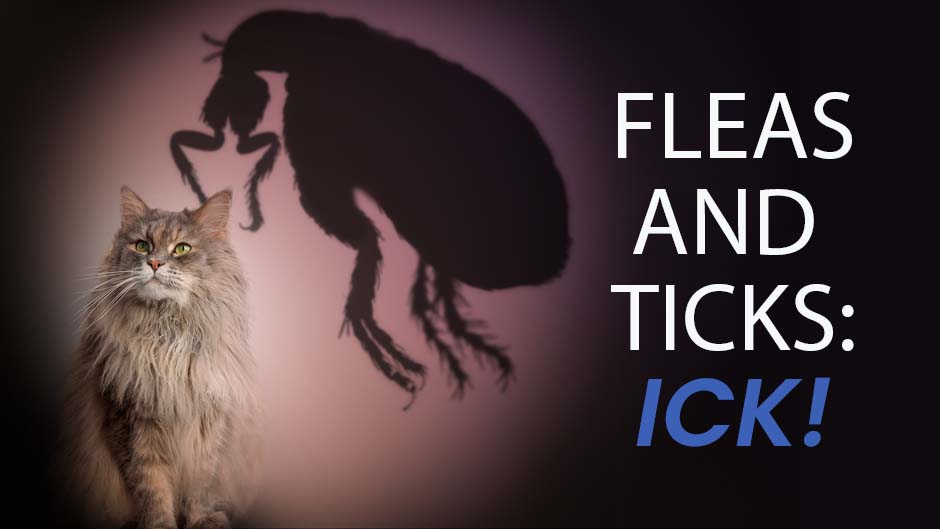Now that spring has sprung in Minnesota, so have the fleas and ticks that threaten your pet’s health and comfort. While these parasites are a problem all year long, they are even more prevalent as the snow melts and warmer temps arrive.
Fleas 101
There are over 2,000 species of fleas, but the one that affects animals the most is the ctenocephalides felis. Also called the cat flea, this parasite can cause a severe allergic reaction in dogs and cats. When a flea bite or infestation is left untreated, it can cause severe itching, inflammation, and loss of blood. Fleas can also transmit other parasites such as tapeworms. Puppies and kittens, elderly animals, and those with special health needs can become extremely ill when fleas feed off too much of their blood.
The Dangers of Ticks
Of the 80 different species of ticks, the brown deer tick, the dog tick, and the American dog tick pose the greatest danger to your pets. These ticks, which can cause Lyme disease and other serious illnesses, are especially prevalent in Minnesota during the months of early spring and fall. A tick can cause pain and irritation to your pet, but they are most concerning for their ability to transmit disease.
How to Keep Fleas and Ticks Away from Your Pet
When it comes to fleas and ticks, prevention is the best course of action. Dogs typically show infestation with intense scratching while cats will groom themselves excessively. By this point, you will need to treat your pet numerous times as well as your house and yard. Fortunately, you can avoid this by taking a few minutes each day to apply flea and tick repellent. This may be in the form of a topical medication applied directly to the animal’s fur or an oral pill. We make it convenient for you to purchase these products in our online store. Being proactive with your yard and home environments can help reduce exposure to these pests, as well.
If you have never had to select and apply flea and tick medication, schedule an appointment with one of our veterinarians. They will assist you with choosing the most effective treatment method and demonstrate how to give it to your pet.

